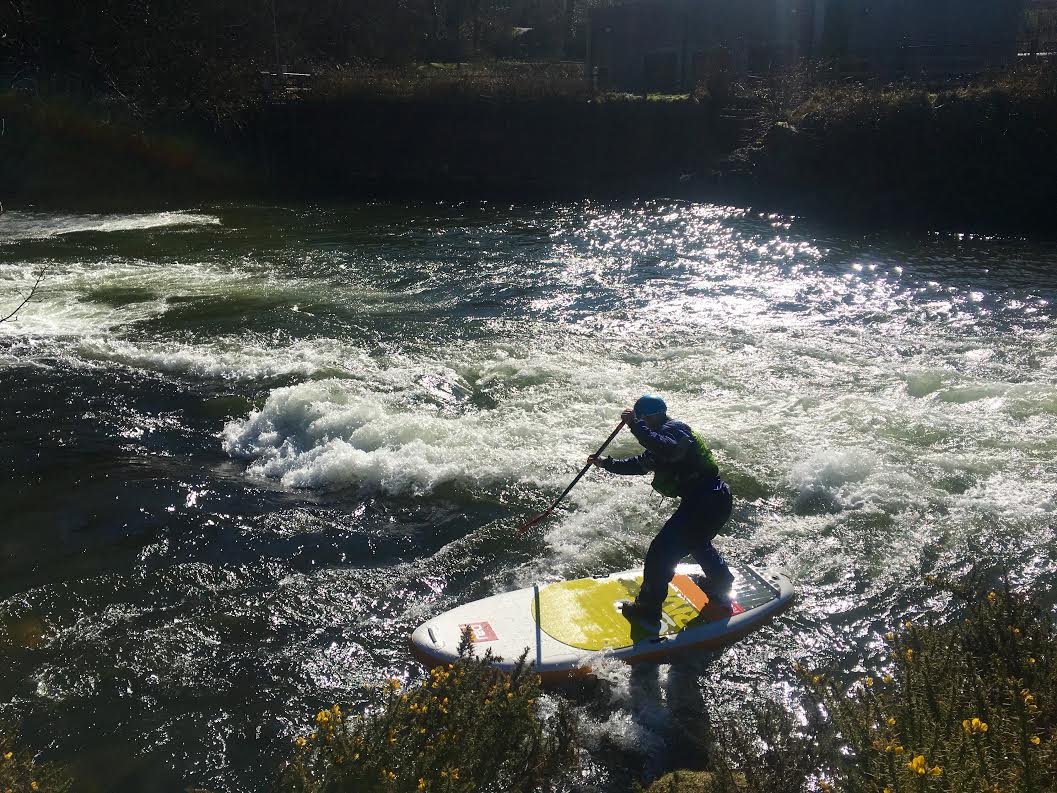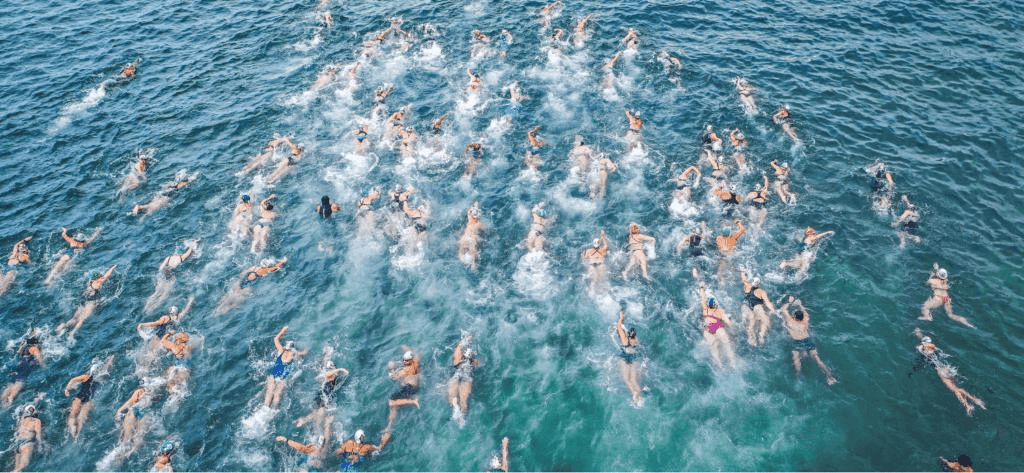Mark R McKean and Brendan J Burkett, School of Health and Sport Science, Faculty of Science, Health and Education, University of Sunshine Coast, Queensland, Australia
Dry-land strength training is a fundamental component for elite kayak performance. The aims of this research were three-fold; firstly, to determine the relationship between performance time and strength scores for elite kayakers. Secondly, to identify how strength changes (gains or losses) over three training years relate with changes in performance time for elite kayakers. Thirdly, to compare the progression in performance times for elite athletes with the top three performers from the national championships. The performance data for 15 elite male kayakers and 10 elite females was collected over a two year timeframe. This group was reduced to nine males and eight females in the third and final year. There were direct and significant correlations between strength scores and performance times across a three year period. Bench-Press 1RM increased by 34.8% for males and 42.3% for females. Over the three seasons, the mean 1000-m time decreased by approximately 4.8%, 500-m times decreased by 7.3% (females), and 200-m times reduced 9.1%. The women K1 500-m moved from 11.9% difference to medallist to within 1.1%, during the 3 years. During the three years of this study a change in 1RM Bench-Press of 13% for males and 6.5% in females coincided with a change in performance times of 1%. For 1RM Pull-Up a change of 10% in males and 2.3% in females coincided with a change in performance times of 1%.




